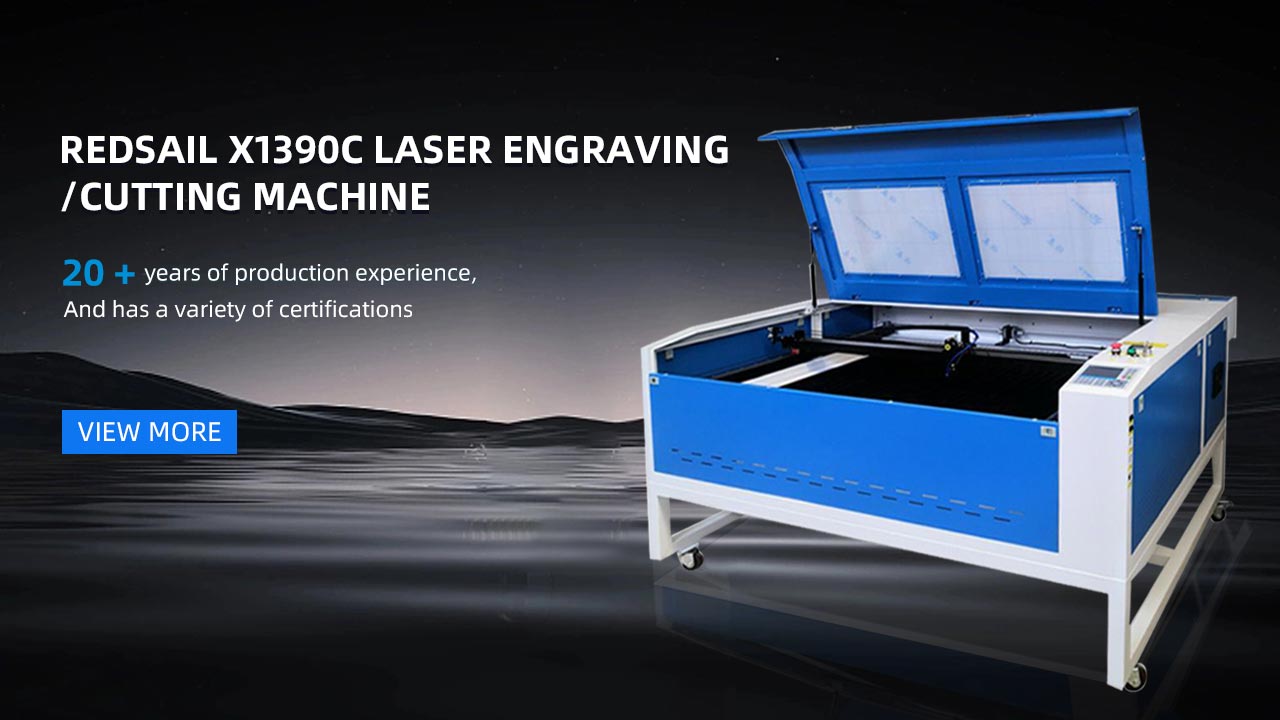Is the Large CO2 Laser the Solution to Cutting-Edge Technology?
Introduction
The use of lasers in technology has revolutionized multiple industries, ranging from manufacturing to healthcare. Among the various types of lasers, the large CO2 laser has emerged as a powerful tool in the cutting-edge technology domain. This article aims to explore the capabilities, applications, advantages, and potential limitations of the large CO2 laser in driving technological advancements.
What is a Large CO2 Laser?
A large CO2 laser works based on the technology of carbon dioxide gas mixture, electrical discharge, and optics. It produces a high-intensity beam of infrared light that can be precisely focused and directed onto a target material. The wavelength (10.6 micrometers) of the CO2 laser makes it ideal for various applications, including cutting, welding, engraving, marking, and drilling.
Capabilities and Applications
The large CO2 laser’s exceptional capabilities make it invaluable for numerous cutting-edge technological applications:
Laser Cutting
Large CO2 lasers are widely recognized for their outstanding cutting ability. They can effortlessly cut through a wide range of materials, including metals, plastics, fabrics, wood, and ceramics. This technology is extensively utilized in industries such as automotive, aerospace, shipbuilding, and electronics.
Laser Welding
CO2 lasers can be utilized for both deep and shallow penetration welding, enabling precise and high-quality joints to be formed. It finds applications in the manufacturing of complex mechanical components, medical devices, and even in the fabrication of intricate jewelry items.
Laser Engraving and Marking
With their exceptional precision, large CO2 lasers are frequently used for engraving and marking various materials. They are employed in the production of personalized items, branding products, and even in creating intricate designs on materials like glass, wood, leather, and plastics.
Laser Drilling
CO2 lasers can drill precise holes with high accuracy and speed. This technology is utilized in the electronics industry, medical device manufacturing, and even in aerospace applications where tiny, intricate holes are required in delicate materials.
Advantages of Large CO2 Lasers
The large CO2 laser holds several advantages over other laser technologies:
High Cutting Speed
The large CO2 laser enables fast cutting speeds, which significantly reduces the overall production time. This makes it particularly suitable for high-volume manufacturing operations.
Ability to Process Various Materials
Large CO2 lasers have the ability to cut and process diverse materials, making them versatile tools that can meet the requirements of various industries. This eliminates the need for multiple cutting tools and equipment.
Precision and Accuracy
The ability to precisely focus the CO2 laser beam allows for accurate cutting, welding, engraving, or drilling operations. This level of precision ensures high-quality results and minimizes the risk of errors.
Non-Contact Processing
The large CO2 laser operates with a non-contact cutting or processing method. This eliminates the need for physical contact, reducing the chances of material damage, tool wear, or contamination.
Limitations of Large CO2 Lasers
Despite their many advantages, large CO2 lasers do have some limitations:
Operating Cost
Large CO2 lasers typically have higher running costs due to the consumption of both electricity and assist gases such as nitrogen or oxygen. These operating costs need to be considered while evaluating the feasibility of using CO2 lasers for specific applications.
Complexity of Maintenance
The maintenance procedures for large CO2 lasers can be intricate and time-consuming. Regular cleaning, alignment, and calibration are necessary to ensure optimal performance and longevity of the equipment.
Size and Space Requirements
Large CO2 lasers are physically bigger compared to other laser technologies. This necessitates a larger workspace area for installation and operation.
FAQs (Frequently Asked Questions)
1. What materials can be cut using a large CO2 laser?
Large CO2 lasers are capable of cutting a wide range of materials, including metals, plastics, fabrics, wood, and ceramics. However, the exact cutting capabilities may vary depending on the thickness and properties of the material in question.
2. Are large CO2 lasers only used for cutting?
No, large CO2 lasers have a variety of applications beyond cutting. They are also extensively used for welding, engraving, marking, and drilling tasks. Their versatility makes them an indispensable tool in various cutting-edge industries.
3. How does a large CO2 laser compare to other laser technologies?
Large CO2 lasers have their own unique advantages, such as high cutting speed, versatility in material processing, precision, and non-contact operation. However, other laser technologies like fiber lasers and solid-state lasers may have different strengths and offer optimal performance for specific applications.
4. What are some specific industries that benefit from large CO2 lasers?
Several industries benefit from large CO2 lasers, including automotive, aerospace, shipbuilding, electronics, jewelry, medical device manufacturing, and even the food industry. The ability to cut, weld, engrave, mark, and drill various materials makes CO2 lasers applicable to a wide range of sectors.
5. What are the maintenance requirements for large CO2 lasers?
Maintenance requirements for large CO2 lasers typically involve regular cleaning of optics, alignment checks, calibration, and ensuring proper cooling systems. Following manufacturer guidelines and seeking professional assistance is crucial for optimal maintenance practices.
6. What are the typical operating costs associated with a large CO2 laser?
The operating costs include electricity consumption and the usage of assist gases such as nitrogen or oxygen. These costs can vary depending on the size and power of the CO2 laser, as well as the frequency and duration of usage.
Conclusion
The large CO2 laser has proven to be an invaluable solution for cutting-edge technology. With its exceptional capabilities in cutting, welding, engraving, marking, and drilling, it has found applications in numerous industries. While it has certain limitations and maintenance requirements, its advantages, such as high cutting speed, versatility, precision, and non-contact operation, make it a preferred choice for various technological advancements.





